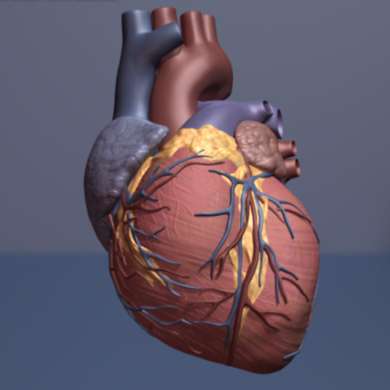While taste receptors are traditionally associated with the tongue and our ability to perceive flavors, recent studies have shown that these receptors exist in other parts of the body, where they likely play different roles.
This new study is the first to identify specific “sweet taste” receptors, known as TAS1R2 and TAS1R3, on the surface of heart muscle cells. The work was presented at the 69th Biophysical Society Annual Meeting, held February 15–19, 2025 in Los Angeles.
The new research found that these receptors are not just present on heart muscle, but also functional. When the researchers stimulated these receptors in both human and mouse heart cells using aspartame, a common artificial sweetener, they observed a significant increase in the force of heart muscle contraction and accelerated calcium handling – key processes for a healthy heartbeat.

